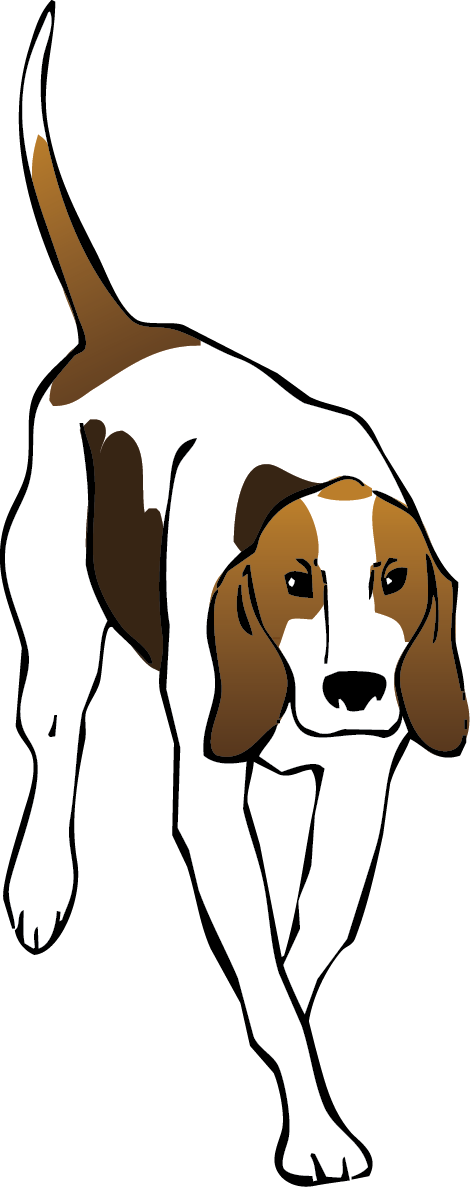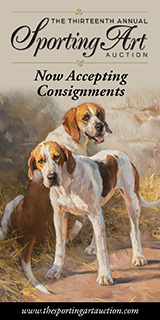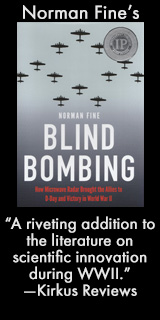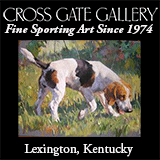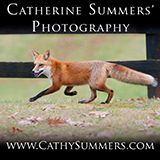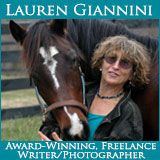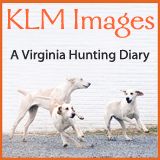Peter Beckford
The Whipper-In Revealed
 Stephanie Boyer, professional whipper-in, Mr. Stewart’s Cheshire Foxhounds (PA): “I am the huntsman’s eyes and ears, and I have to be honest with him at all times concerning what I see, whether he wants to hear it or not!” / Jim Graham photoYou may have noticed that the whipper-in has been Foxhunting Life’s theme this week. We field members watch these heroic figures, intent in their mission, standing in the irons, galloping on, claiming their “right-of-way” when passing the field, but what do they actually do?
Stephanie Boyer, professional whipper-in, Mr. Stewart’s Cheshire Foxhounds (PA): “I am the huntsman’s eyes and ears, and I have to be honest with him at all times concerning what I see, whether he wants to hear it or not!” / Jim Graham photoYou may have noticed that the whipper-in has been Foxhunting Life’s theme this week. We field members watch these heroic figures, intent in their mission, standing in the irons, galloping on, claiming their “right-of-way” when passing the field, but what do they actually do?
For the answer to this question, read “The Whipper-In Is the Huntsman’s Right Hand” below.
The article “Whipper-In: What’s in a Name?” compares the differing agendas of the professional versus the honorary whipper-in and examines the best use of the whip they carry. “The Galloping Whip” by Brooksby is a poetic tribute to Charles Isaac, a nineteenth century whipper-in with the Pytchley (UK).
For anyone with aspirations to whipping-in one day, a particularly useful book devoted to the subject is Whipper-In by Dennis Foster, Executive Director of the MFHA. Indeed, it’s a good read for anyone interested in how the whipper-in, huntsman, and hounds work together in the field.
According to Peter Beckford, the whipper-in can be the decisive ingredient in turning a mediocre hunting day into a brilliant one. Here’s what he had to say in his classic, ageless 1781 treatise, Thoughts on Hunting.
The Savvy Whipper-In
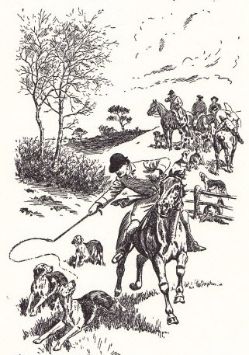 A good whipper-in can be the decisive ingredient in turning a mediocre hunting day into a brilliant one. If you need a better authority before agreeing with my premise, how about Peter Beckford? Here’s what he had to say in 1781.
A good whipper-in can be the decisive ingredient in turning a mediocre hunting day into a brilliant one. If you need a better authority before agreeing with my premise, how about Peter Beckford? Here’s what he had to say in 1781.
“In a country full of riot, where the covers are large, and where there is a chase full of deer and full of game....I should prefer an excellent whipper-in to an excellent huntsman.... The whipper-in, if he have genius, may show it in various ways: he may clap forward to any great earth that may, by chance, be open; he may sink the wind to halloo, or mob a fox, when the scent fails; he may stop the tail hounds, and get them forward; and has it frequently in his power to assist the hounds, without doing them any hurt, provided he should have sense to distinguish where he may be chiefly wanted.”
I recently witnessed a great example of Beckford’s “without doing them any hurt” admonition. It was just a simple thing, yet after forty-five years of hunting it still made me shake my head in admiration.
Letters to a Young Huntsman
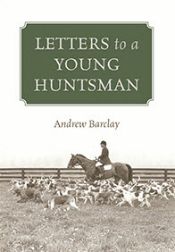 Letters to a Young Huntsman, Andrew Barclay, Outskirts Press, Inc., Denver, 2012, 116 pages, $27.95I have long admired Andrew Barclay’s writing. As for his expertise, that was proven long ago in the hunting field.
Letters to a Young Huntsman, Andrew Barclay, Outskirts Press, Inc., Denver, 2012, 116 pages, $27.95I have long admired Andrew Barclay’s writing. As for his expertise, that was proven long ago in the hunting field.
Andrew got a good start to his career by whipping-in to legendary huntsman Les Grimes for seven years at the Green Spring Valley Hounds in Maryland. Upon Grimes’s retirement, the horn was passed to Andrew, and he carried it with distinction there for the next twenty years.
Around the time that Andrew was getting ready to retire as huntsman, MFHA Director Tony Leahy was formulating what is now known as the MFHA’s Professional Development Program—a structured training program for young aspiring huntsmen. One aspect of the program required that a knowledgeable mentor be available to work with each individual admitted into the program.
